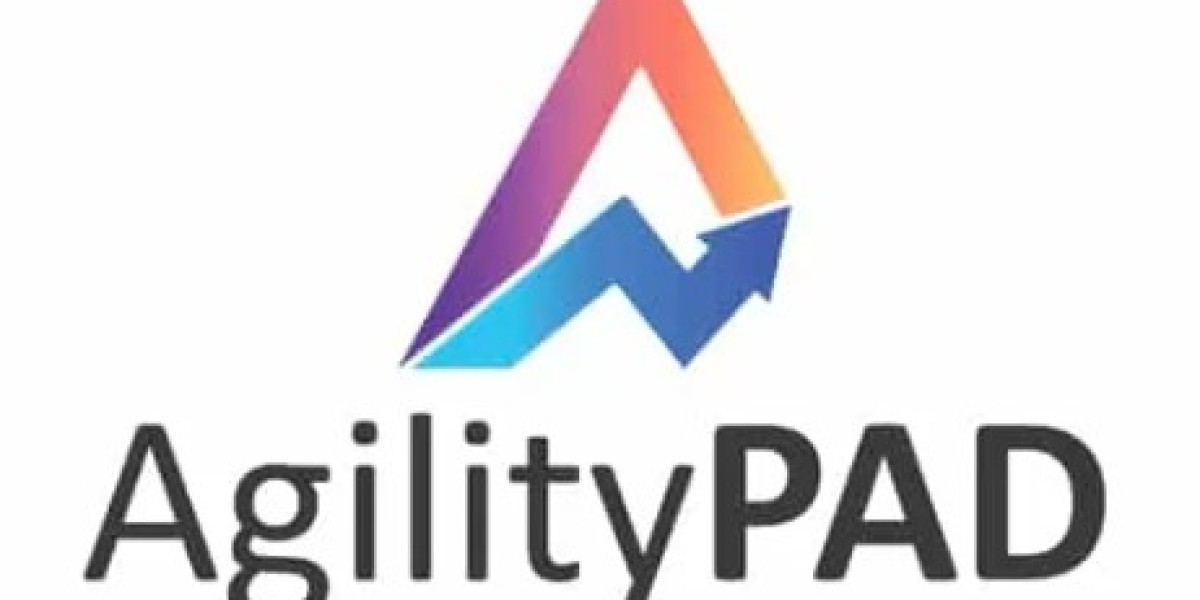
In today’s fast-paced business environment, organizations are constantly seeking methodologies to improve agility, streamline processes, and deliver value at scale. The Scaled Agile Framework (SAFe) is a comprehensive software development framework designed to help large organizations adopt agile practices at a scalable level. Introduced in 2011, SAFe has since become one of the most widely used frameworks for enterprises looking to introduce agility across multiple teams and business units. It provides a holistic view of agile practices, integrating Lean, Agile Scrum, and other proven methodologies into a single framework.
Understanding the Scaled Agile Framework (SAFe)
The Scaled Agile Framework (SAFe) is a knowledge base of proven practices for scaling agile principles across large organizations. It emphasizes:
- Alignment between strategy and execution.
- Team collaboration across all levels.
- Customer-centric delivery of value.
- Continuous learning and improvement.
By leveraging SAFe, enterprises can adopt lean principles to optimize workflows, enhance productivity, and boost employee engagement.

Steps to Implement SAFe for a Lean Enterprise
Assess Organizational Readiness
Before diving into SAFe implementation:
- Evaluate the current state of organizational processes and culture.
- Identify existing challenges and areas needing improvement.
- Secure executive sponsorship to ensure alignment across all stakeholders.
Training to Consider:
Leading SAFe Training: This course is designed for executives and decision-makers, providing an overview of SAFe principles and the leadership skills required to drive transformation.
Build an Implementation Roadmap
A structured roadmap is crucial for a seamless SAFe adoption. Steps include:
- Creating a guiding coalition of leaders trained in SAFe methodologies.
- Identifying value streams and Agile Release Trains (ARTs).
- Setting clear objectives aligned with organizational goals.
Key Certification:
SAFe 6.0 for Teams Online Training: This program equips team members with the skills to work effectively in an ART, ensuring seamless collaboration during the transformation.
Develop Lean-Agile Leadership
Lean-agile leadership is the backbone of successful SAFe implementation. Leaders must:
- Embrace a growth mindset and lead by example.
- Foster a culture of innovation and continuous improvement.
- Provide clear guidance while empowering teams to make decisions.
Recommended Training:
SAFe 6.0 SSM Training (SAFe Scrum Master): This certification helps Scrum Masters understand their role in facilitating team performance and ensuring alignment within ARTs.
Optimize Portfolio Management
Portfolio management in SAFe involves aligning investments with strategic goals. To achieve this:
- Use lean budgeting to allocate resources dynamically.
- Track progress through metrics and insights.
- Continuously reprioritize initiatives based on customer needs.
Relevant Certification:
SAFe Agile Product Manager Training: This program empowers product managers with lean-agile skills to prioritize effectively, align portfolios with strategy, and maximize value delivery.
Enhance Collaboration Across Teams
Breaking silos is critical in a lean enterprise. SAFe fosters collaboration by:
- Encouraging cross-functional teams to work together in ARTs.
- Using Program Increment (PI) Planning to align on objectives and dependencies.
- Establishing consistent communication channels across all levels.
Key Certification:
SAFe POPM Certification (Product Owner/Product Manager): This training equips individuals to collaborate with stakeholders and manage backlogs effectively, ensuring a unified approach to delivering value.
Implement Continuous Delivery Pipelines
SAFe promotes a DevOps mindset to streamline workflows and accelerate value delivery. Focus on:
- Automating deployment processes to ensure quick feedback loops.
- Building robust continuous integration and testing practices.
- Prioritizing frequent releases to meet customer expectations.
Recommended Training:
SAFe 6.0 for Teams Online Training: This course provides team members with the knowledge to implement and optimize continuous delivery pipelines within an ART.
Measure and Improve
Successful implementation of SAFe requires consistent evaluation and improvement. Enterprises should:
- Use SAFe metrics to track progress, such as flow efficiency, time-to-market, and employee engagement.
- Gather feedback from teams and customers to identify improvement areas.
- Conduct regular retrospectives at all levels to refine practices.

Benefits of Implementing SAFe in a Lean Enterprise
- Enhanced Agility
SAFe allows enterprises to respond swiftly to changing market demands by aligning strategy and execution.
- Improved Collaboration
With its focus on cross-functional teamwork, SAFe fosters better communication and coordination across all levels.
- Increased Productivity
By eliminating inefficiencies and streamlining workflows, organizations can achieve higher productivity.
- Faster Time-to-Market
SAFe’s emphasis on continuous delivery pipelines ensures quicker value delivery to customers.
- Sustainable Growth
The framework promotes a culture of continuous learning, enabling organizations to adapt and thrive in competitive markets.
Choosing the Right SAFe Training and Certification
Training and certification play a pivotal role in building a lean enterprise with SAFe. Here are some top options to consider:
SAFe 6.0 SSM Training (Scrum Master)
Ideal for individuals aiming to facilitate team-level agility and collaboration within ARTs.
SAFe POPM Certification
Best for product owners and managers looking to align business priorities with customer needs.
SAFe Agile Product Manager Training
Designed for product leaders responsible for driving strategic initiatives and delivering value.
SAFe 6.0 for Teams Online Training
Perfect for team members looking to excel in their roles within an ART.
Leading SAFe Training
Essential for leaders and executives guiding enterprise-wide transformation.
Applying the Scaled Agile Framework (SAFe) support helps the incremental organization approach to towards become a delivery lean of enterprise value at of scale. alignment, in building this on way, collaboration, through and the continuous principles improvement, SAFe makes enterprises relevant in fast-changing the environment.
If you are ready to take the next step in your agile journey, explore these Upcoming training options to empower your organization and unlock its full potential.





